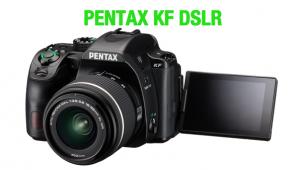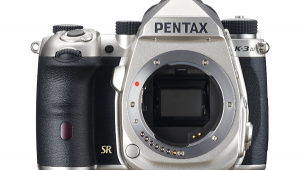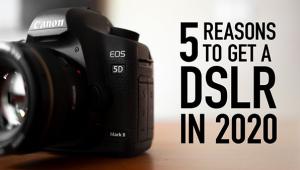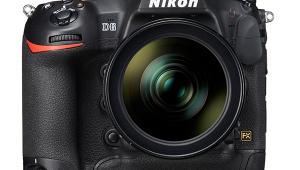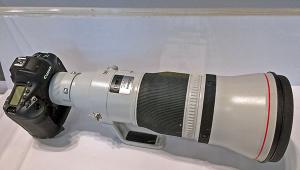To Low Pass Or Not To Low Pass: The Optical Low-Pass Filters Debate Has Been Ongoing For More Than A Decade
Recent years have seen staggering innovations in cameras, most notably involving ISO speed, sensor size in compacts, and video capabilities. Despite these advances, however, one thing has divided the industry for more than 10 years but has rarely been talked about—that is, until recently—optical low-pass filters. Many cameras include them, but some do not. There are believers in both camps but the only thing that’s clear is that the issue is far from decided.


The “Problem” With Bayer Sensors
Most digital camera sensors are built using the Bayer pattern. This mosaic arrangement of photo sensors consists of a 2x2 pattern with one red, one blue, and two green sensors. This pattern is then repeated as necessary to create sensors of different sizes and megapixel counts. To produce an image, the output must then be interpolated by the camera using a demosaicing algorithm.
Problems with Bayer pattern sensors occur, however, when shooting subjects with fine details that push the resolution capabilities of the sensor to the max. Specifically, when trying to capture details at or beyond the sensor’s resolution, a number of ugly digital artifacts can occur. When shooting finely textured fabrics, for example, the image may render either “jaggies” (thin lines and edges in a blocky, stair-step fashion) or moiré (splotches of false color).
A longstanding solution to this problem is an optical low-pass filter on the sensor, sometimes called an anti-aliasing filter. This filter prevents moiré and other aliasing artifacts, but at the cost of some resolution. So, a dilemma exists. Cameras with low-pass filters create images that are softer than they otherwise could be; cameras without low-pass filters create images that sometimes exhibit moiré or other artifacts.
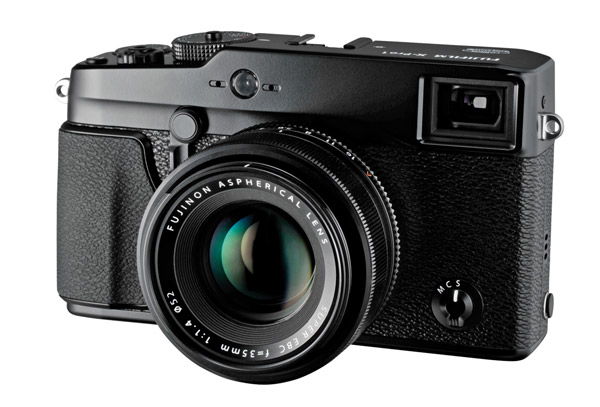
An Industry Divided
At the consumer end of the spectrum there is “purity” in regard to low-pass filters. In short, virtually all consumer-oriented cameras include them, which is hardly surprising. Casual photographers want to shoot and then print or upload. Images left somewhat soft by a low-pass filter or sharpened in camera before being output as JPEGs are good enough. In contrast, images with moiré or other artifacts would be unacceptable.
There is also purity at the high end of the market—all digital medium format cameras lack low-pass filters. And again, this is hardly surprising. Medium format is largely (though not exclusively) the realm of professionals seeking maximum image quality for high-end clients.
If shooting a brochure for a luxury automobile, for example, or an advertisement that is to be blown up building-size for Times Square, the thought of losing resolution to a low-pass filter is unacceptable. Stephen Epstein, product marketing specialist for Mamiya Leaf, summed up the medium format philosophy, saying, “Image quality is top priority…and that means ensuring photographers have the gear available to them to obtain the sharpest and highest resolution images possible.”

The tradeoff, of course, is that moiré and other artifacts require correction in postproduction. But a thorough editing process is par for the course for most medium format shooters. In fact, most shoot in Raw and avoid in camera image processing as much as possible to achieve maximum flexibility when they reach the editing stage. Spot correcting moiré and other artifacts is just another part of this thorough process, one that can often last hours or days. Where the industry remains divided, however, is the middle ground, the realm where most enthusiasts (and, indeed, most professionals) fall.
The majority of camera makers believe that the balance of pros and cons favors incorporating low-pass filters because avoiding moiré is more important than lost resolution. Photographers shooting these cameras can give their images more “pop” using either in camera sharpening or global sharpening in photo-editing software after the fact. Hence, most camera makers still include low-pass filters, even on professional models.


A Coming Shift?
There are, however, photographers who differ in their philosophy and want nothing to do with low-pass filters. These photographers would rather retain every bit of resolution that their lenses can pass to the sensor and accept the tradeoff. Ryoh Fukui, senior specialist of the Products Planning Group for Ricoh, noted this trend among Ricoh’s customers, saying, “They now focus more on achieving high-resolution image quality than worrying about moiré issues.”
When moiré occurs, these photographers are willing to spend the time correcting it in postproduction. There is a small contingent of camera makers who apparently agree and this list not only boasts notable names, but is steadily growing.
For example, Leica has always omitted low-pass filters from their digital M rangefinders. Ricoh also opted to leave off the low-pass filter in some of the sensor/lens camera units for their unique GXR system, including the S10 24-72mm, the P10 28-300mm, the Mount A12, and the forthcoming A16 24-85mm.
And perhaps most interestingly, Nikon recently made the unprecedented move of releasing a new camera in two variants, one with a low-pass filter and one without. Their D800 includes one, while the D800E lacks it.
Neither side is irrevocably correct. If they were, why would this decade-long split in the industry persist even now? There is a balance of pros and cons when it comes to low-pass filters which will lead knowledgeable photographers to choose their gear according to what’s important to them and how much editing they want to perform.
Looking To The Future
The future could hold multiple solutions to this dilemma. For one, as sensors continue to increase in megapixels, the resolution lost to low-pass filters becomes less important. Although the megapixel race has slowed, prosumer and professional models are now reaching into the 20- and 30-megapixel realms and beyond where the difference between shooting with or without a low-pass filter becomes harder to see, depending on the delivery medium.
On the other hand, demosaicing algorithms and automated software tools to remove moiré, widely considered to be the most obnoxious of digital artifacts, continue to improve and could render low-pass filters obsolete if they mature to an adequate degree.
Or perhaps the low-pass filter dilemma will be resolved by solving the larger problem. Low-pass filters themselves are not the issue. As we’ve seen, they solve one problem, but give rise to another. They are, essentially, a workaround. The larger problem is Bayer sensor design.
Despite the marvelous things that have been achieved using this design, its inherent weaknesses have created this dilemma. But the Bayer mosaic is not the only way to build a sensor.
Sigma’s cameras have for years used an alternate design—the Foveon sensor. Rather than a single layer of sensors, the Foveon sensor captures light using three layers, one for each color channel. Due to these dedicated photo sensors, color is rendered with a unique look that has its critics but also its devoted fans. Although the Foveon’s color rendering garners the most attention, no less important is its rendering of detail, largely due to lacking a low-pass filter. In short, shots from Sigma cameras are sharp.
The Foveon sensor does suffer its drawbacks, most notably noise at higher ISOs. There has also been great confusion and debate about its true resolution since Sigma counts the photo sensors on each of the three layers when listing the megapixel count for different models, despite the fact that the output pixel dimensions of the final image are one-third of that.

More recently, the X-Pro1 was introduced by Fujifilm, themselves no strangers to sensor innovation, given their history with the FinePix S-Pro series and its Super CCD. The X-Pro1’s sensor, called a X-Trans CMOS, uses a single layer with no low-pass filter, but the sensor mosaic is larger at 6x6 and more random than the Bayer pattern. Reportedly, the new sensor arrangement effectively eliminates color moiré.
Any of these approaches, alone or in combination, will likely solve the dilemma and relegate the low-pass filter to history. As these alternative technologies continue to mature, more camera makers may also follow Nikon’s lead in offering cameras with or without the filter. In any case, with all the other innovations going on in the industry, it’s good to see that sensor design and image quality are not being ignored and that photographers can look forward to a future that offers the best of both worlds.
Photos courtesy of the manufacturers.
- Log in or register to post comments

